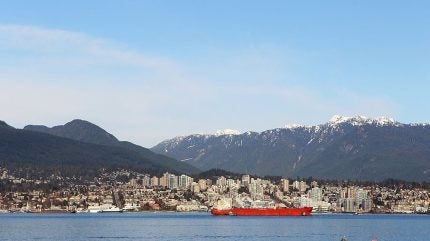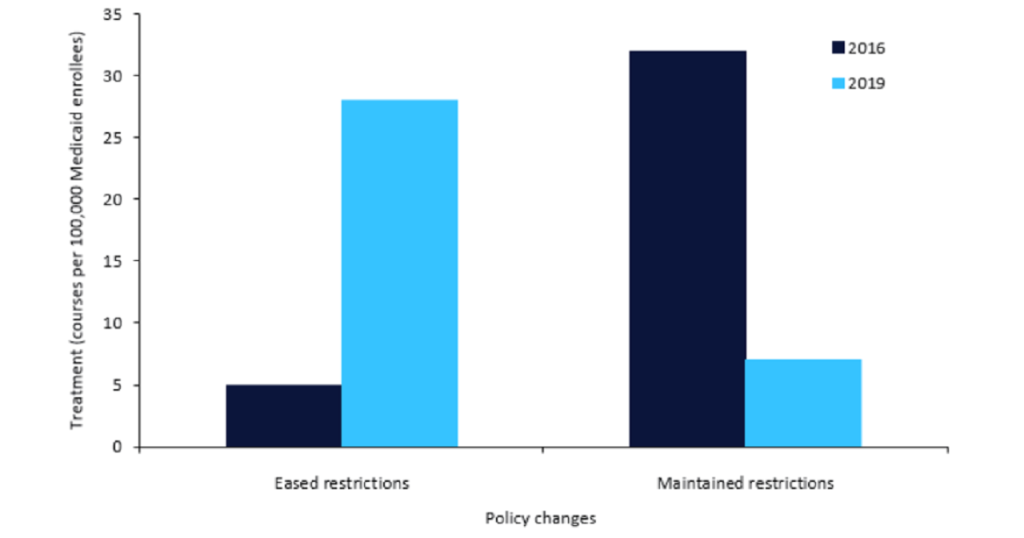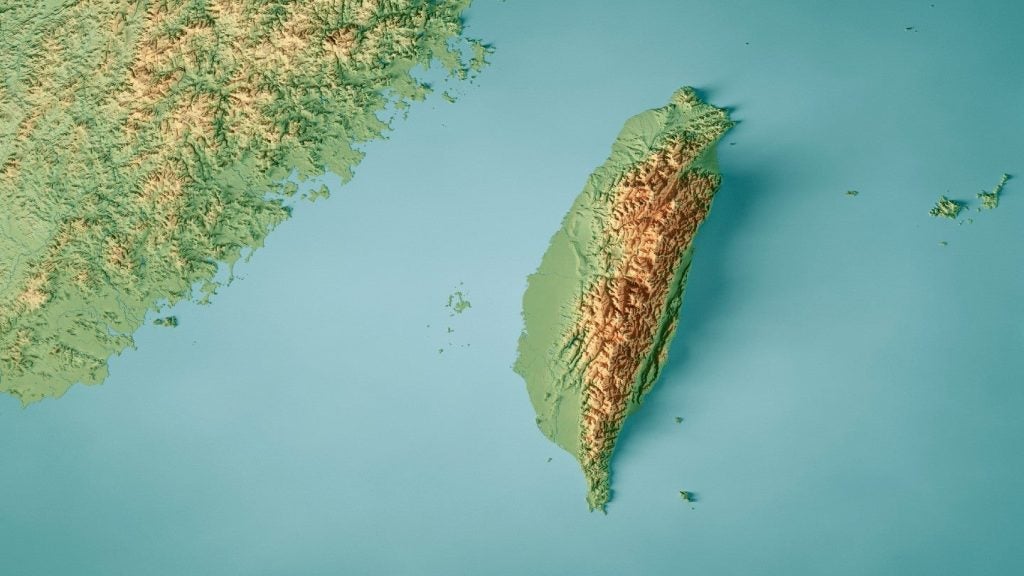

Foreign direct investment (FDI) in British Columbia, a province on the west coast of Canada with a population of about five million people, has shown strong and consistent growth over the past five years buoyed by the oil and gas industry as well as a growing ocean industries sector.
According to fDi Intelligence’s 2020 report, British Columbia showed the most growth in FDI project numbers of any province in Canada in 2019. It attracted 33% more projects than it did in 2018, maintaining a trend of continual growth in project numbers since 2016.
British Columbia acts as a Canadian gateway to many Asian markets. Although the oil and gas and mining sectors attracted the largest portion of investment from the Asia-Pacific region between 2003 to 2018, investment remains diversified relative to other provinces in Canada, according to the Asia Pacific Foundation (APF) of Canada’s Investment Monitor.
British Columbia’s oil and gas FDI strength
The oil and gas sector accounted for more than 76% of British Columbia’s total inward investment over the past 16 years, according to the APF Investment Monitor. More recently, inward investment has diversified to include real estate investment and services, which saw more than $1.29bn in investments between 2015 and 2018, compared with virtually no investments before 2015. The province’s healthcare equipment and services sector has seen $1.14bn in investments since 2015, compared with $39.6m between 2003 and 2006.
In 2018, British Columbia’s oil and gas sector saw a sharp increase in FDI driven by a $30.43bn liquified natural gas (LNG) project – a joint venture between Royal Dutch Shell, Malaysia’s Petronas, PetroChina, Korea Gas Corporation and Japan’s Mitsubishi Corporation. The investment will finance the construction of an LNG export terminal in Kitimat, located approximately 1,450km north-west of Vancouver, and is expected to create 10,000 jobs by 2021.
More than three-quarters of British Columbia’s population lives in coastal zones, which have nearly 1,000 companies active in the ocean technology sector across the region. Of these, ninety per cent are concentrated in Victoria and Vancouver, according to figures from British Columbia Trade and Investment.
How well do you really know your competitors?
Access the most comprehensive Company Profiles on the market, powered by GlobalData. Save hours of research. Gain competitive edge.

Thank you!
Your download email will arrive shortly
Not ready to buy yet? Download a free sample
We are confident about the unique quality of our Company Profiles. However, we want you to make the most beneficial decision for your business, so we offer a free sample that you can download by submitting the below form
By GlobalDataThe province is also expanding its port infrastructure in a bid to become Canada’s main commercial shipping centre. Plans to expand operations at the port of Prince Rupert in conjunction with Dubai-based port operator DP World are scheduled for completion in 2022, and DP World and Global Container Terminal’s local operations at Vancouver port are also being enlarged.






